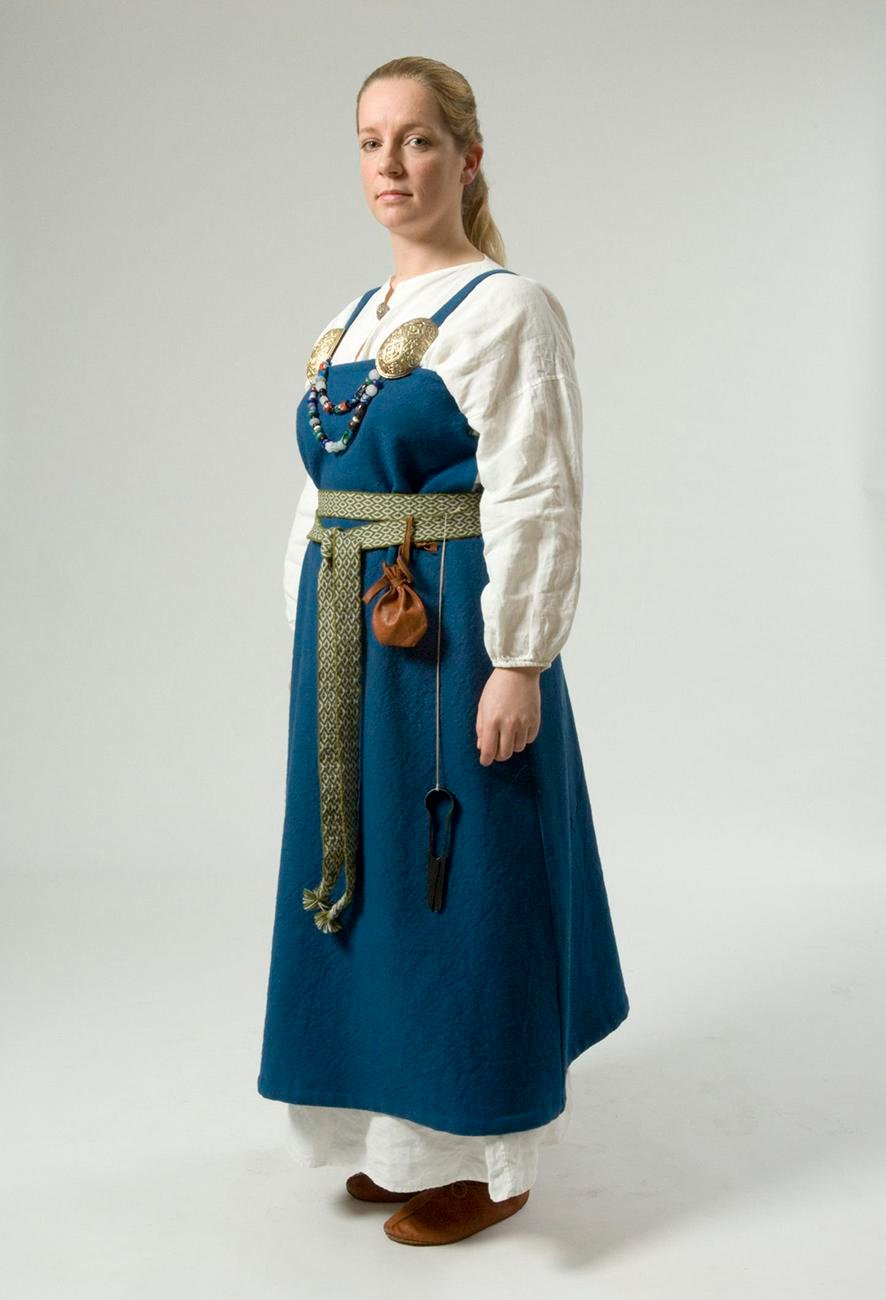A collection of Viking Age women’s jewelry, long relegated to obscurity in a private living room, found its way to the Museum of Archaeology at the University of Stavanger last week.

According to Science Norway, An anonymous source delivered the artifacts, including two oval brooches, an equal-armed brooch, two bracelets, and a sizable necklace adorned with over 50 beads, on a tin platter with a plastic bag.
Archaeologist Kristine Sørgaard, who was called to receive the mysterious delivery, immediately recognized the significance of the find. “This was jewelry that once belonged to a Viking Age woman from the upper echelons of society,” she asserted in a press release. The silver-plated oval brooches, the equal-armed brooch, and the bracelets all bore the distinct characteristics of the Viking Age.
However, the circumstances surrounding the donation remain shrouded in mystery. The anonymous contributor had no information about when, how, or precisely where the jewelry was originally discovered. According to reports, the artifacts were found approximately 70 years ago in Frafjord, Gjesdal municipality, as stated by the person who delivered them but was not the original discoverer.

Conservator Louise M. T. Jensen emphasized the importance of the jewelry’s preservation, noting the visible dust on the brooch’s surface, indicating it had likely been kept in a living room for an extended period.
The artifacts provide valuable insights into Viking Age fashion trends, particularly the mass production of items like oval brooches and bracelets in Scandinavia. Archaeologist Unn Pedersen, specializing in Viking Age crafts and jewelry production, explained that molds were created based on existing models, contributing to a widespread desire for similar items among people during that era.
Pedersen linked the proliferation of jewelry during the Viking Age to an increase in wealth, potentially fueled by Viking raids. She highlighted the discovery of mosaic beads in the collection, dating the find to around 850, placing it in the early Viking Age. Notably, some beads in the collection originated from regions outside Scandinavia, spanning from Southern Europe to the Middle East.
The necklace’s seemingly random collection of beads, though disorderly to modern eyes, represented a costly assortment accumulated over a woman’s lifetime. The collection also featured three blue glass beads from the earlier Iron Age, several hundred years older than the Viking Age beads, introducing the possibility of inheritance or mix-up in the archaeological context.
Despite the shiny appearance of some beads, Pedersen clarified that they were not made of solid gold or silver but featured a thin foil, indicating the owner was not from the highest echelons of Viking society. Instead, Pedersen suggested the woman might have been a wealthy housewife or an urban dweller actively participating in the family economy.
Pedersen theorized that Viking women who could afford such jewelry likely played a significant role in crafts production, potentially overseeing textile production. She linked the surge in craft activity during the Viking Age to the need for sails for Viking ships, emphasizing that women were crucial in producing textiles for these sails.
While acknowledging the inherent uncertainty in finds without contextual information, Pedersen commended the delivery of the artifacts to the museum after several years. She highlighted the wealth of information such finds could provide, even if not as extensive as discoveries reported immediately.
Archaeologist Sørgaard addressed potential concerns from individuals hesitant to hand over historical finds, assuring them that the authorities had no intention of disrupting their property. In Norway, regulations dictate that finds believed to date before 1537 must be reported and delivered to relevant offices of cultural heritage conservation.
Source: The Museum of Archaeology, UiS






















